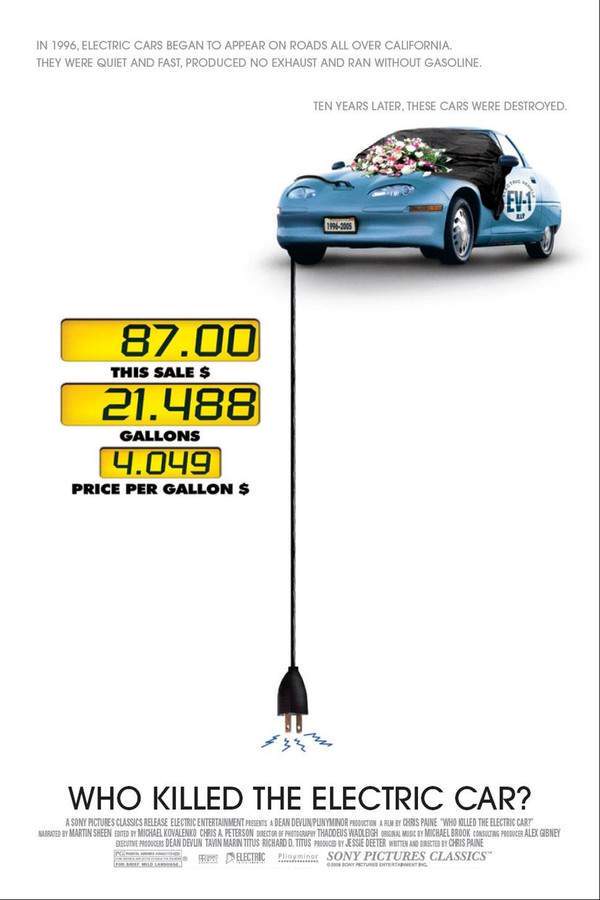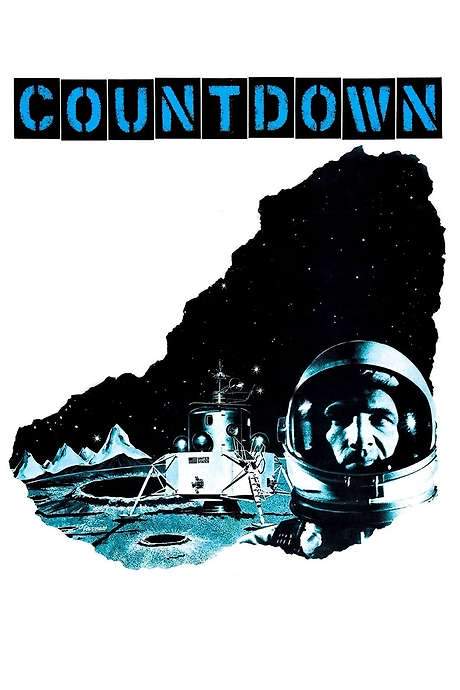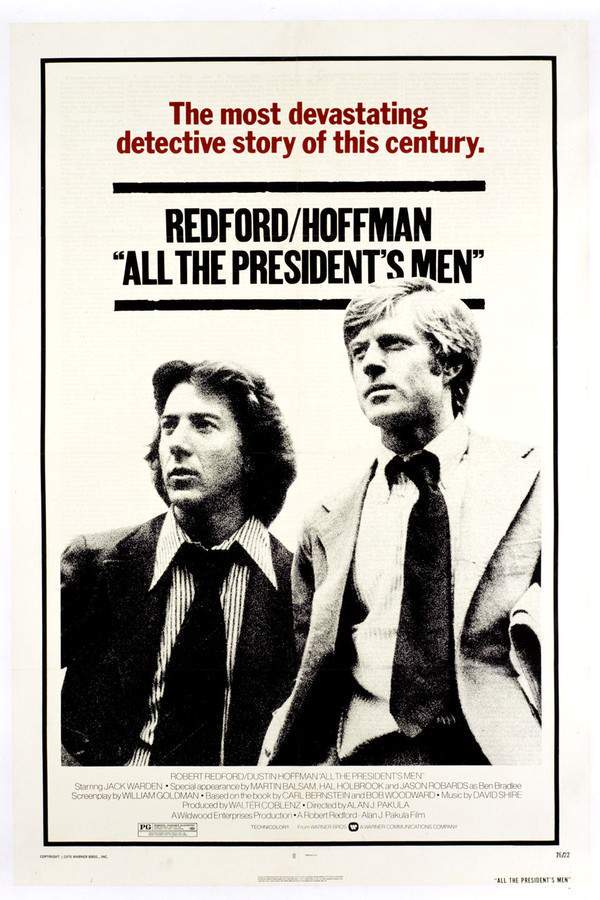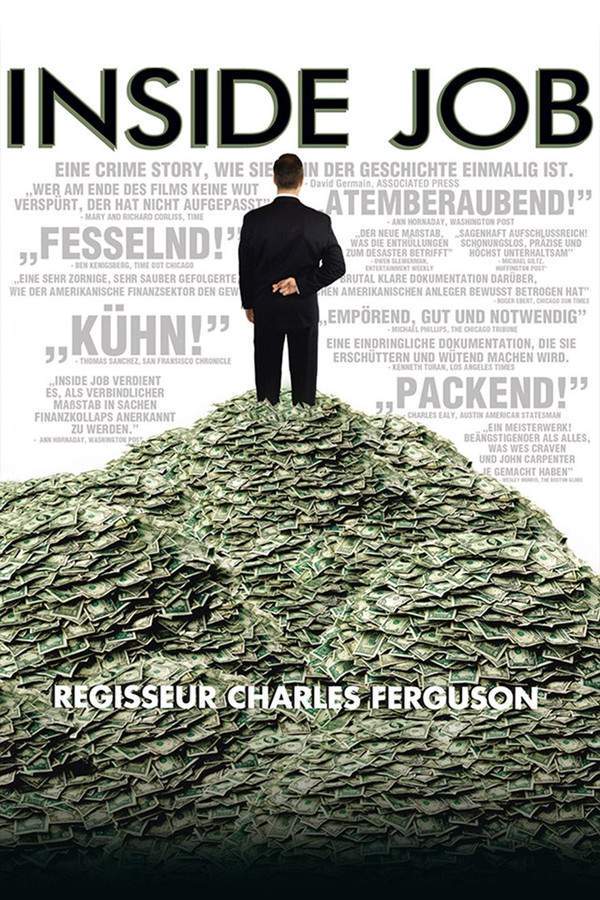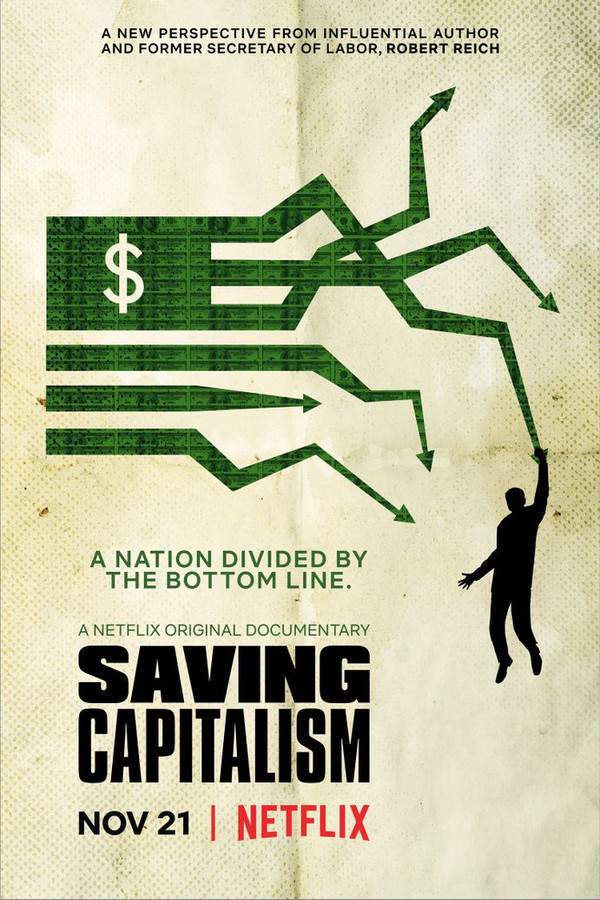
I.O.U.S.A.
Year: 2008
Runtime: 85 min
Language: English
Director: Patrick Creadon
This documentary examines the escalating national debt of the United States and its potential consequences. It explores how the debt has grown, highlighting the risks it poses to the country's financial stability and the future prosperity of its citizens. The film investigates the underlying factors contributing to this economic challenge and the potential impact on the nation's security and global standing.
Warning: spoilers below!
Haven’t seen I.O.U.S.A. yet? This summary contains major spoilers. Bookmark the page, watch the movie, and come back for the full breakdown. If you're ready, scroll on and relive the story!
I.O.U.S.A. (2008) – Full Plot Summary & Ending Explained
Read the complete plot breakdown of I.O.U.S.A. (2008), including all key story events, major twists, and the ending explained in detail. Discover what really happened—and what it all means.
The documentary delves into the complexities of the U.S. economy, as narrated by Bixby and Walker, who outline four critical deficits: the budget, savings, balance of payments, and leadership. As of its release in early 2008, they highlight the staggering national debt of over $9.6 trillion, which translates to approximately $30,000 per American citizen.
Throughout history, U.S. presidents, starting with Ronald Reagan, have raised alarms regarding the impending debt crisis, yet little has been done to remedy the issue. Archival footage enriches the documentary, featuring icons like Humphrey Bogart, Stephen Colbert, and Brian Williams alongside ten former presidents, such as Franklin Delano Roosevelt and George W. Bush. By February 2007, U.S. federal debt had escalated to $8.7 trillion, equating to 64% of the GDP, and reflecting a troubling trend that saw the debt more than doubling during Bush’s presidency.
This persistent issue is exacerbated by the impending social security payments to the aging baby boom generation. The film also discusses America’s deep-rooted spending habits, particularly during significant conflicts like World War II and the Iraq War.
David Walker, the controller general of the USA in 2007, has been tirelessly campaigning across the nation to shed light on the ramifications of fiscal irresponsibility. A lack of savings from both individuals and the government leads to insufficient investment capital, placing the U.S. in an increasingly vulnerable position. The trade deficit prominently features, with America relying heavily on foreign nations like China, which holds a significant portion of U.S. treasury bonds.
Key issues illustrated include a shocking $53 trillion in unfunded liabilities arising from essential benefit programs such as Medicare and Social Security, which could necessitate drastic tax hikes or severe cuts to government spending. Historical debts paint a stark picture: from a mere $75 million at the nation’s founding to soaring figures post-World War periods.
The film further elaborates on the emerging savings deficit stemming from American consumers living beyond their means. As the national savings rate plummets from 12.4% in the 1960s to a negative -2.9% in the 2000s, it underscores a culture of debt, creating significant inflationary pressures and prompting the Federal Reserve to take various actions for stability.
Additionally, the balance of payments issue surfaces, highlighting the massive trade deficit as the U.S. outsources more than it produces, draining financial resources while welcoming foreign ownership of its assets. The film explains how China’s overwhelming trade surplus places it in a powerful position, with its ownership of over $477 billion in U.S. debt.
Ultimately, the film pinpoints the leadership deficit, emphasizing the absence of decisive leaders willing to advocate for necessary reforms, increased savings, and reduced reliance on imports. Each U.S. household now bears an average debt of $90,000, as issues compounded during George W. Bush’s administration reveal troubling trends—a doubling of foreign debt and huge tax cuts paired with extensive military spending. As the consequences loom, the documentary raises an urgent call for awareness and action before the nation’s debt spirals into unmanageable territory, predicting that by 2040, debt-to-GDP ratios could soar to 244%.
Last Updated: November 04, 2024 at 04:31
Explore Movie Threads
Discover curated groups of movies connected by mood, themes, and story style. Browse collections built around emotion, atmosphere, and narrative focus to easily find films that match what you feel like watching right now.
Urgent warning documentaries like I.O.U.S.A.
Investigative films that sound a sobering alarm about systemic crises threatening our future.If you liked the alarming and analytical approach of I.O.U.S.A., explore more movies that sound the alarm on critical issues. These films use a similar methodical, data-driven style to investigate systemic threats, leaving you informed and concerned about the future.
Narrative Summary
Narratives in this thread typically unfold as a mounting case study. They present a problem, trace its origins and contributing factors, illustrate its present and potential consequences, and conclude with a call to action. The journey is less about individual characters and more about the collective fate shaped by the central issue.
Why These Movies?
Movies are grouped here based on their shared purpose as clarion calls. They possess a sobering, didactic tone, a steady, informative pacing, and a heavy emotional weight derived from the gravity of their subject matter. The viewing experience is defined by a blend of tension and sadness.
Movies with methodical systemic analysis like I.O.U.S.A.
Stories that dissect a complex system, revealing its fragile parts and potential for collapse.Fans of I.O.U.S.A.'s detailed breakdown of the national debt will enjoy other films that meticulously analyze complex systems. These movies, whether documentaries or intricate dramas, share a similar vibe of intellectual discovery and underlying dread as they explore fragile structures.
Narrative Summary
The narrative pattern involves deconstructing a large, interconnected system into its component parts. The story examines each part's function, its vulnerabilities, and its relationship to the whole. Conflict arises from the system's inherent flaws or external pressures, leading to an exploration of potential failure points and consequences.
Why These Movies?
These films are connected by their analytical approach to storytelling. They share a complex narrative structure, a steady, explanatory pacing, and a tense tone that builds from the revelation of systemic risks. The experience is intellectually stimulating and often emotionally heavy due to the high stakes involved.
Unlock the Full Story of I.O.U.S.A.
Don't stop at just watching — explore I.O.U.S.A. in full detail. From the complete plot summary and scene-by-scene timeline to character breakdowns, thematic analysis, and a deep dive into the ending — every page helps you truly understand what I.O.U.S.A. is all about. Plus, discover what's next after the movie.
I.O.U.S.A. Timeline
Track the full timeline of I.O.U.S.A. with every major event arranged chronologically. Perfect for decoding non-linear storytelling, flashbacks, or parallel narratives with a clear scene-by-scene breakdown.

Characters, Settings & Themes in I.O.U.S.A.
Discover the characters, locations, and core themes that shape I.O.U.S.A.. Get insights into symbolic elements, setting significance, and deeper narrative meaning — ideal for thematic analysis and movie breakdowns.

I.O.U.S.A. Spoiler-Free Summary
Get a quick, spoiler-free overview of I.O.U.S.A. that covers the main plot points and key details without revealing any major twists or spoilers. Perfect for those who want to know what to expect before diving in.

More About I.O.U.S.A.
Visit What's After the Movie to explore more about I.O.U.S.A.: box office results, cast and crew info, production details, post-credit scenes, and external links — all in one place for movie fans and researchers.

Similar Movies to I.O.U.S.A.
Discover movies like I.O.U.S.A. that share similar genres, themes, and storytelling elements. Whether you’re drawn to the atmosphere, character arcs, or plot structure, these curated recommendations will help you explore more films you’ll love.
Explore More About Movie I.O.U.S.A.
I.O.U.S.A. (2008) Scene-by-Scene Movie Timeline
I.O.U.S.A. (2008) Movie Characters, Themes & Settings
I.O.U.S.A. (2008) Spoiler-Free Summary & Key Flow
Movies Like I.O.U.S.A. – Similar Titles You’ll Enjoy
Civil War (or, Who Do We Think We Are) (2021) Spoiler-Packed Plot Recap
Inside Job (2010) Full Movie Breakdown
Saving Capitalism (2017) Spoiler-Packed Plot Recap
Life and Debt (2001) Story Summary & Characters
Fed Up (2014) Film Overview & Timeline
Food, Inc. (2009) Ending Explained & Film Insights
Maxed Out: Hard Times, Easy Credit and the Era of Predatory Lenders (2007) Full Movie Breakdown
America: Freedom to Fascism (2006) Movie Recap & Themes
System Error (2020) Spoiler-Packed Plot Recap
American Casino (2009) Ending Explained & Film Insights
Death by China (2012) Ending Explained & Film Insights
Panic: The Untold Story of the 2008 Financial Crisis (2018) Detailed Story Recap
One Nation Under Stress (2019) Story Summary & Characters
Maxed Out (2006) Story Summary & Characters
Age of Easy Money (2023) Complete Plot Breakdown




